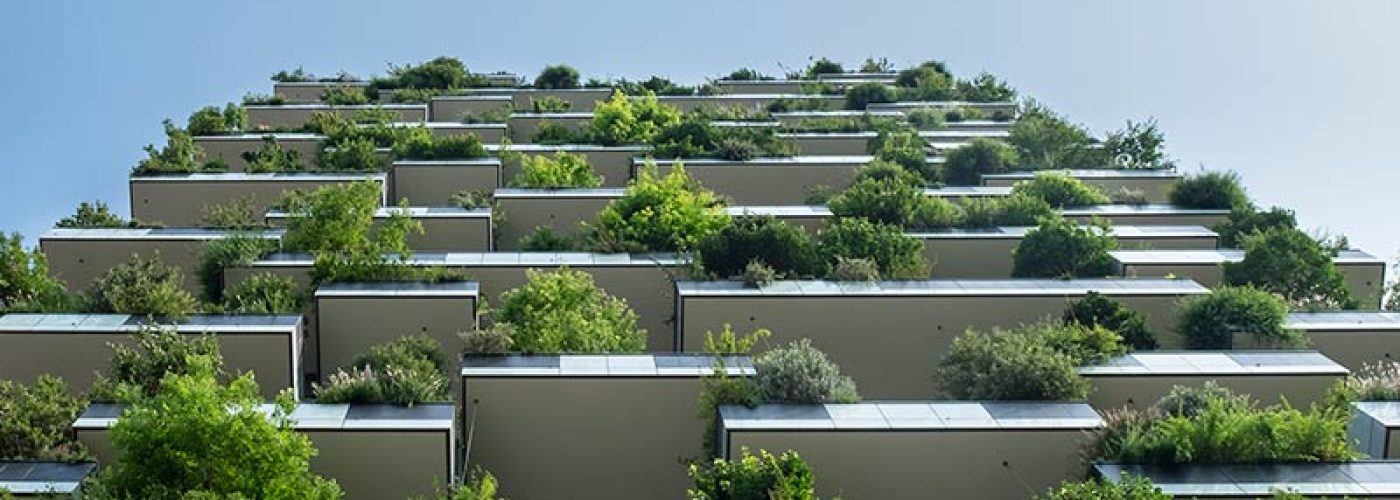Also a LEED Fellow, WELL Faculty member and Fitwel Ambassador, Heidi’s work focuses on sustainability and wellness strategies for the academic, civic, cultural, commercial and residential sectors, at the building and masterplan scales.
We spend as much as 90% of our lives in buildings. It’s therefore only fair and right that buildings are influenced by those that use them in a way that positively impacts climate change and supports health, wellbeing and quality of life.
Climate and end-user wellbeing are intimately intertwined. Yet buildings are currently responsible for 40% of all annual global emissions. The same emissions contribute to climate effects inducing catastrophic events like flooding, wildfires and pandemics – events that typically impact individuals and communities least equipped to combat them.
This isn’t right. It’s not fair and it’s not good enough. Which is why we at Buro Happold are committed to improving it.
Below are six relatively simple yet key pledges that can help the architecture, engineering and construction (AEC) community mitigate climate impact, address inequalities, and make buildings healthier and more inclusive for all:
- Adopt a human-centric approach and make design inclusive from the start. This will positively influence buildings and places, and enable more equitable outcomes.
- Approach every project with a holistic view of health, wellbeing and social equity. This requires early, meaningful engagement of stakeholders – both in the problem-solving and decision-making process – so that they may better voice the needs of the community.
- Create buildings that make people feel good. That means ensuring water quality, access to nature, inspiring movement, and comfort (amongst many others). It means proper ventilation and air filtration to eliminate odors, allergens and viruses, as well as thoughtful operations including waste reduction and green cleaning methods.
- Specify materials with consideration. This means considering not only for the health of building users, but also for the workers and communities where raw materials are extracted and manufactured, and for those impacted by building demolition or fire.
- Join aligned organizations and support them in their advocacy efforts.
- Embed equity into approach and team makeup when pursuing any building, masterplan or advisory project.
The AEC community is ideally placed to drive meaningful change and create buildings that are better for both the planet and the people that spend time in them – “happy people, healthy planet,” to borrow a recent meme. That means addressing inequalities and decarbonizing building stock by first providing a robust platform for those who typically wouldn’t be involved in the decision-making process.
In getting there, the importance of users in the economics and physics of design must be acknowledged. Moving beyond first costs, AEC leaders are instead focused on the triple bottom line of people, planet and profit. Considering the lackluster results from COP26, where the commitments made thus far are not enough to prevent warming from exceeding 1.5°C, it is clear that follow up policies and actions by all nations and a strong push from the AEC industry will be required to substantially curb our dependency on fossil fuels.
Finally, but perhaps most important, the AEC community must work together to shape this more inclusive and equitable future for ourselves, our buildings, and our communities. We must all play a key role in advocating and designing with empathy to create a resilient future in which people thrive.





